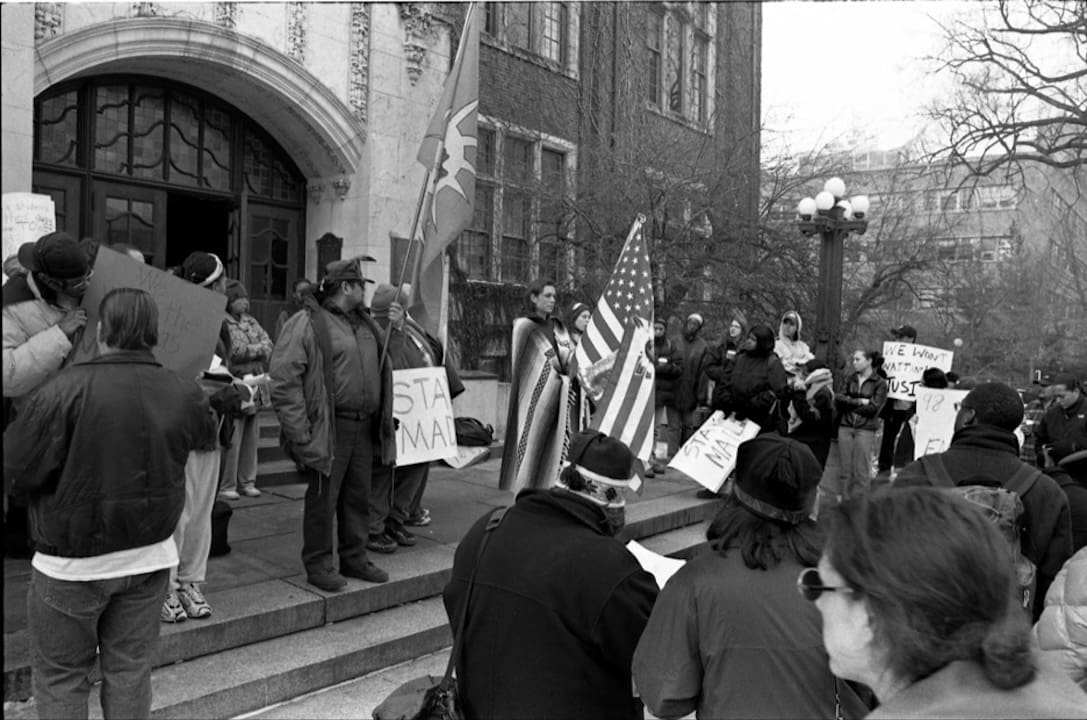- Apr. 10
- In-Person & Virtual
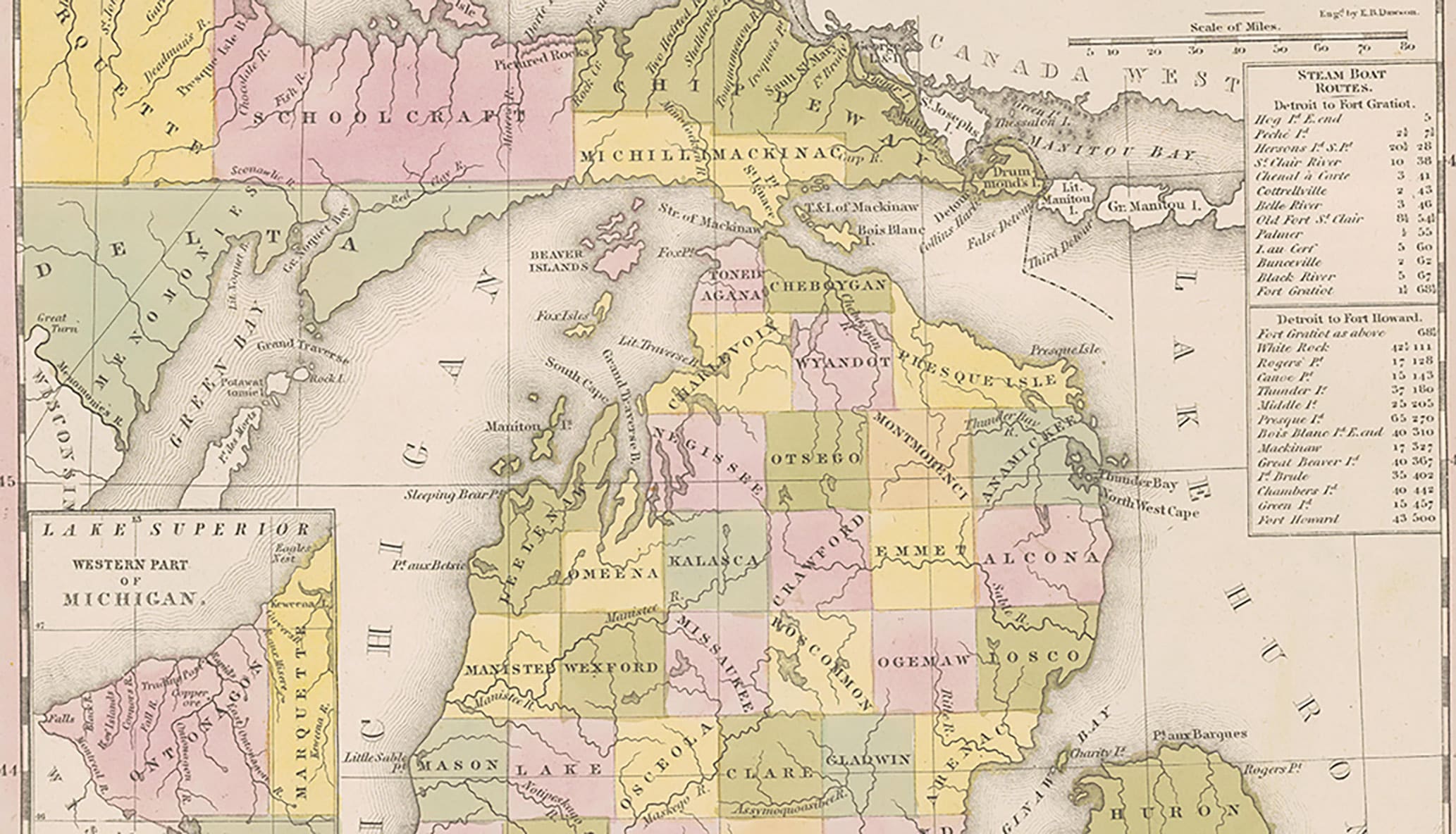
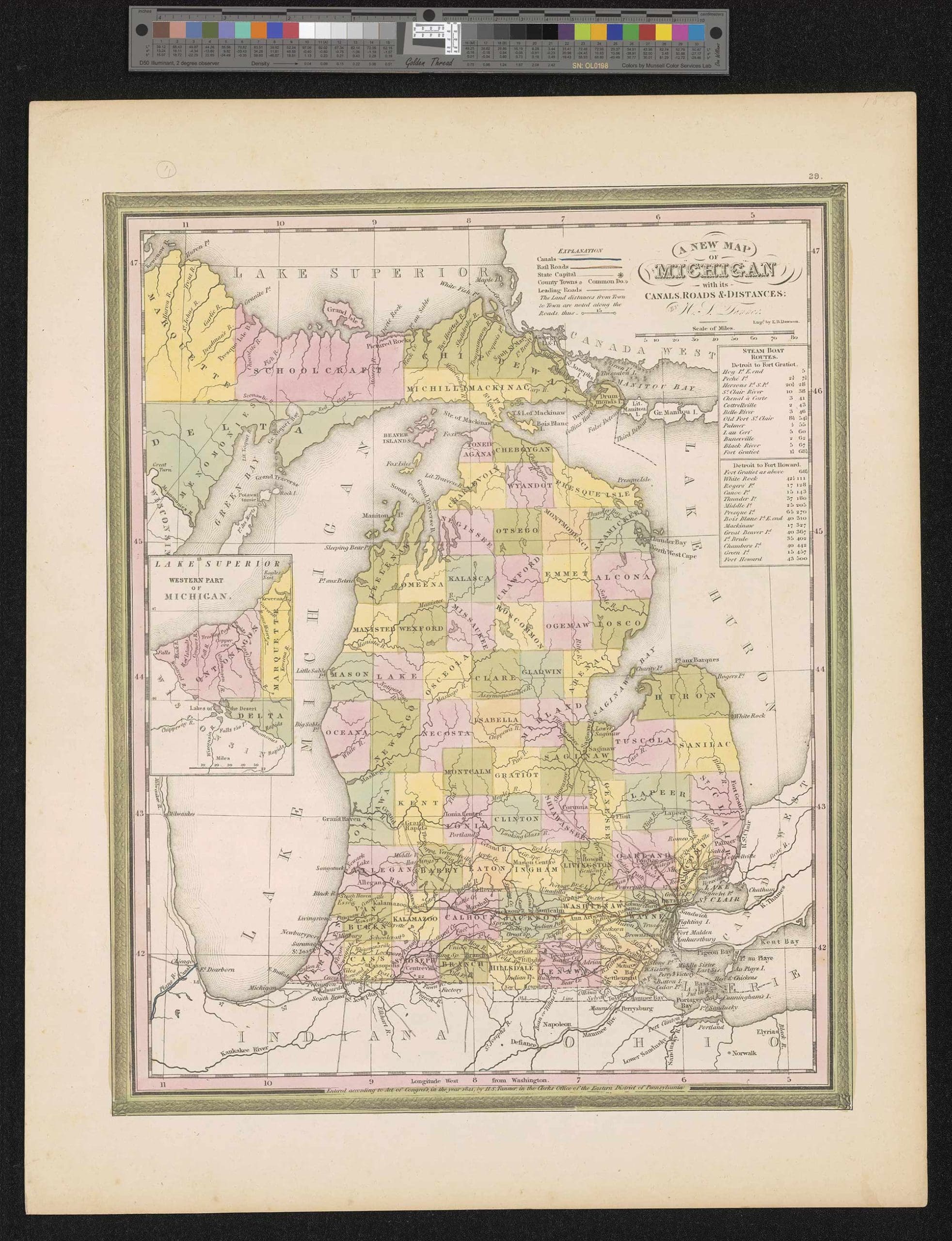
A new map of Michigan, 1841
Tanner, Henry Schenck and Dawson, E. B. “A new map of Michigan with its canals, roads & distances [map].” Scale 1:2,000,000. Philadelphia: H.S. Tanner, 1841.
William L. Clements Library, University of Michigan Library Digital Collections
A new map of Michigan with its canals, roads & distances, 1841
The 1817 Project
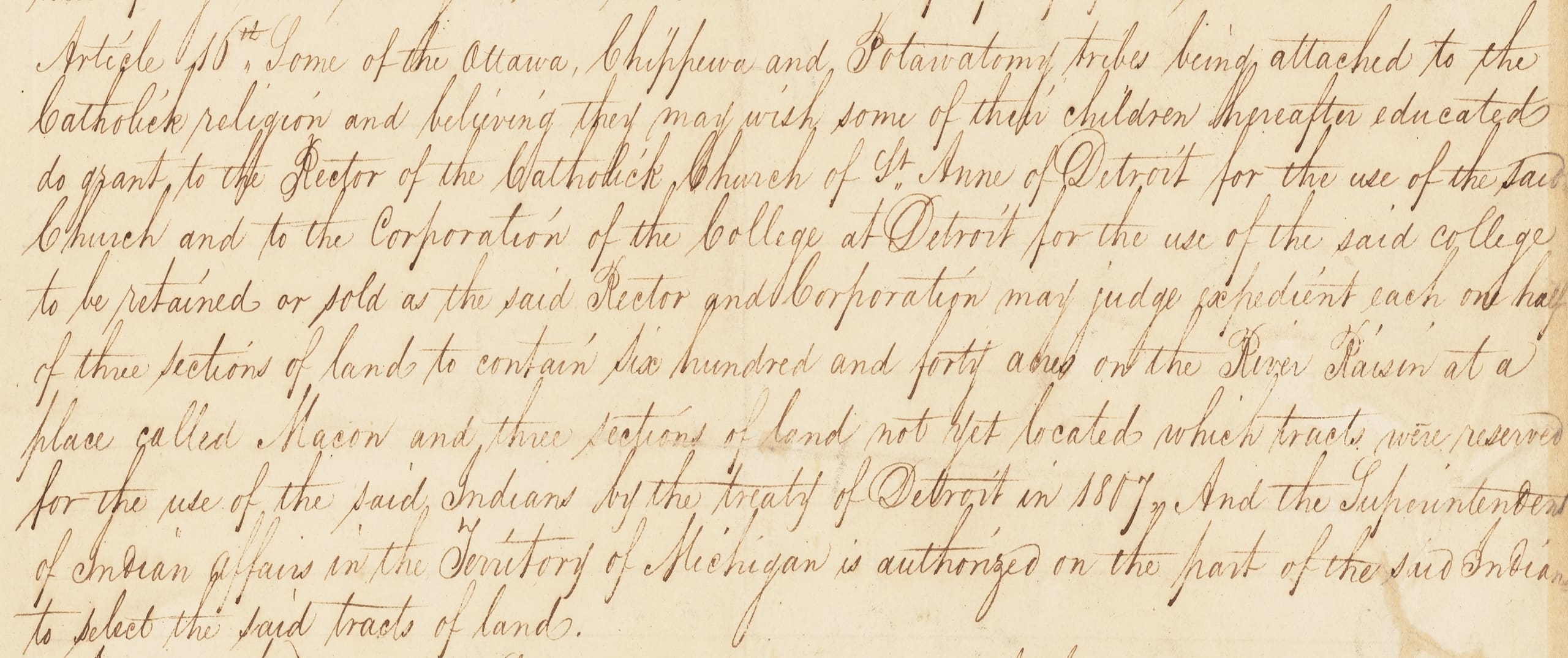
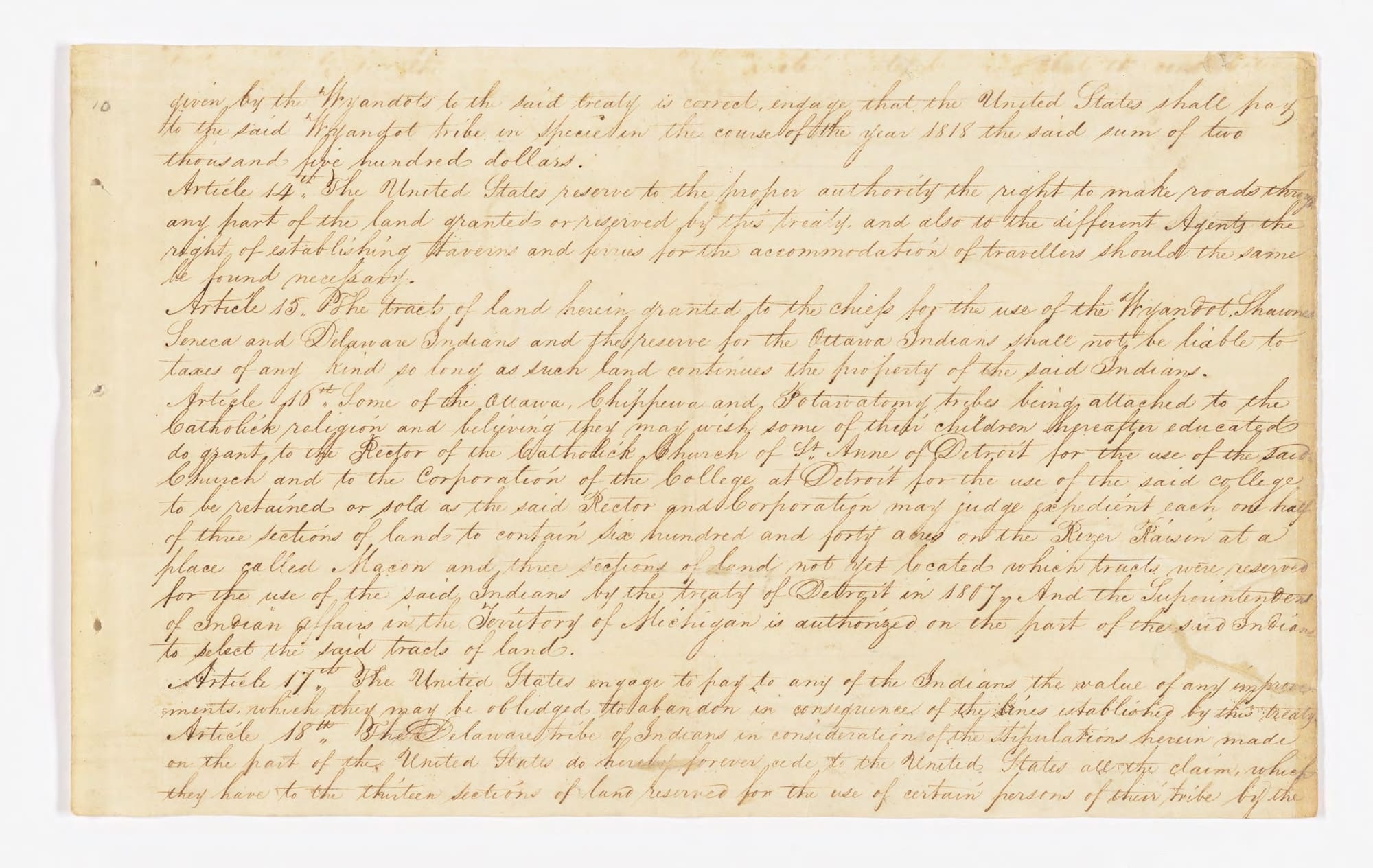
Article 16 of the Treaty of Fort Meigs
Article 16, Ratified Indian Treaty 90: Wyandot, Seneca, Delaware, Shawnee, Potawatomi, Ottawa & Chippewa – Rapids of the Miami of Lake Erie, September 29, 1817
National Archives and Records Administration, Washington, D.C. NAID: 120942221. https://catalog.archives.gov/id/120942221.
Historical Origins and Contemporary Connections
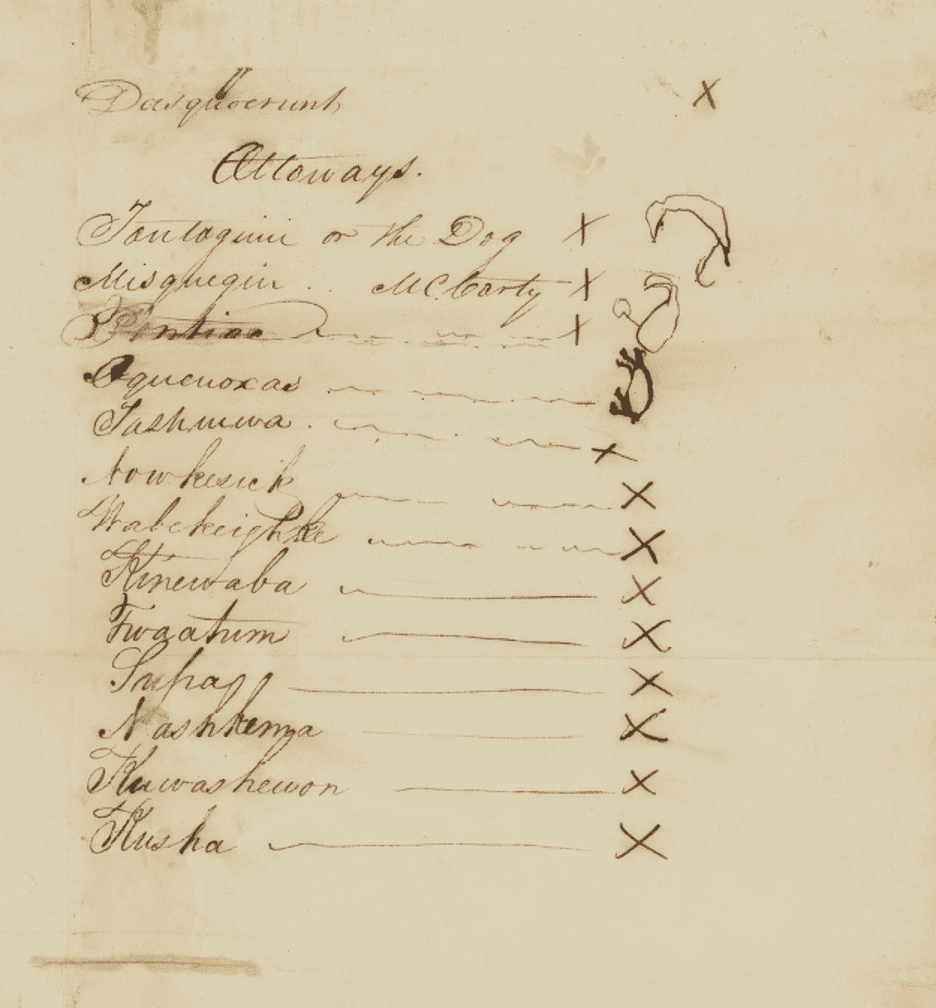
Odawak (Ottawa) doodemag (clans/totems) on the Treaty of Fort Meigs. National Archives and Records Administration, Washington, D.C. | NAID: 120942221.
The 1817 Project currently encompasses two main research areas: one focusing on the 19th-century politics of land dispossession, and the other tracking the university’s shifting relations with Native American students and tribal communities in the Great Lakes region through the 20th and early 21st centuries.
Institutional Narratives and Indigenous Dispossession
Signed on September 29, 1817, the Treaty of Fort Meigs ceded 4.6 million acres of Indigenous land in northwest Ohio, southern Michigan, and northeastern Indiana to the United States. Article 16 of the treaty set aside several sections of land for “the corporation of the college at Detroit”–the fledgling University of Michigan–which were subsequently claimed and sold by U-M’s trustees. Funds accrued from the sale of treaty lands in the 1820s and 1830s financed university operations and helped the institution navigate precarious financial circumstances in its earliest years.
To fully understand the complex ties among Indigenous dispossession, treaty-making, and the emergence of U-M, this project is undertaking research on U-M’s early leaders and their vision for the university and Michigan Territory, the early financial circumstances of the institution, and the legal strategies U-M employed to acquire and sell Indigenous lands across the state. Researchers are also identifying where U-M acquired land, assessing the proceeds and institutional impact of land sales, and exploring the consequences of such sales for Indigenous communities.
In addition, this project is investigating whether U-M’s model of acquiring and selling Indigenous land provided a model for the Land-Grant Agricultural and Mechanical College Act of 1862 (also known as the Morrill Act), a federal law that provided land grants to states to establish and fund land-grant universities.
Institutional (In)Action and Native American Student Experiences
This part of the 1817 Project explores the tensions, development, and contradictions between university actions, such as offering scholarships and hiring student support staff, and university inaction, such as the decades-long acceptance of Michigamua’s “Indian” play. We are particularly interested in bringing to light Native American student experience and activism, paying special attention to the ways that the Treaty of Fort Meigs has become a touchstone for campus community interpretations of history and history’s implicit call to contemporary action.
This project will identify and document the development of the sometimes collaborative and sometimes antagonistic relationship between U-M and Native American students and communities. Researchers will draw from institutional archives at the Bentley Historical Library, media coverage, and interviews with Native students, alumni, and community members to ascertain Native American student experience and goals for activism and protest. They will also rely on university archives and interviews with pertinent individuals to understand the diversity of approaches and priorities revealed in institutional decisions in response to Native American student activism. In addition to activism, Native American student enrollment, graduation, and scholarship access will be explored to develop a full understanding of the institutional pathways Native American students navigate. Collaboration with Michigan tribes will be vital to understanding the breadth of experience and the types of resources Native American students have accessed at U-M.
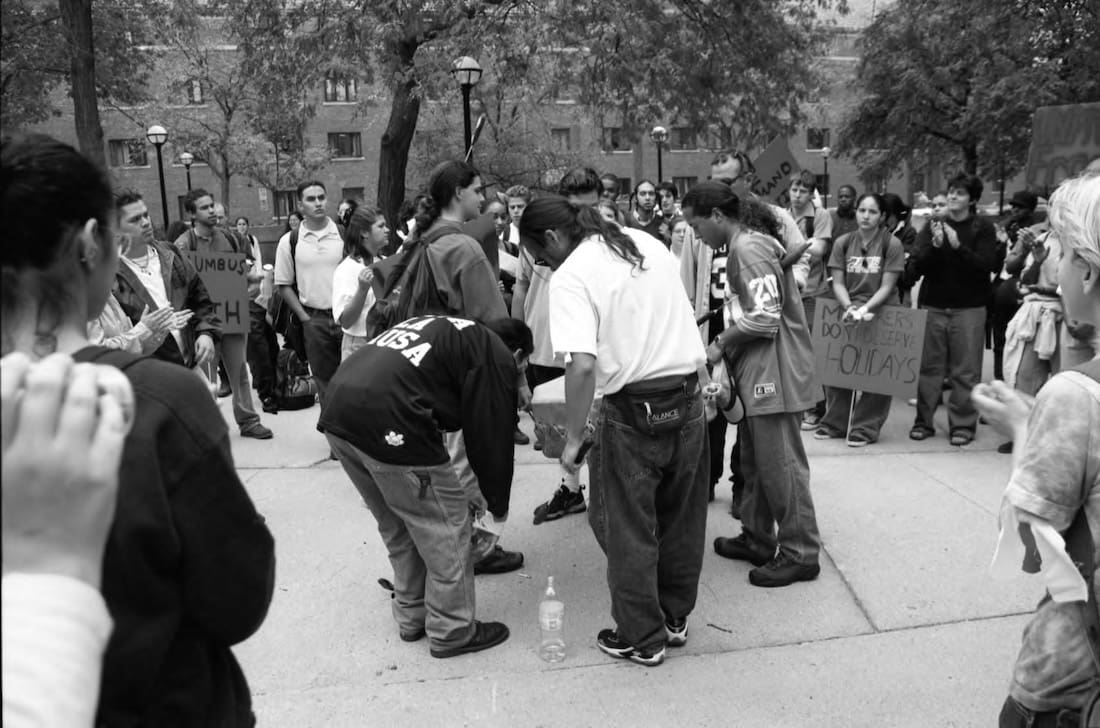
Native American students protest of Columbus Day, 2000 University of Michigan News and Information Services, Bentley Historical Library | University of Michigan Library Digital Collections | © 2000 Regents of the University of Michigan | This work is licensed under CC BY 4.0.
Researchers
Eric Hemenway
Co-Principal Investigator, Anishnaabe Historian
Bethany Hughes
Co-Principal Investigator, Assistant Professor of American Culture, College of Literature, Science, and the Arts
Michael Witgen
Co-Principal Investigator, Professor in the Department of History and the Center for the Study of Ethnicity and Race
Paige Newhouse
Research Associate
Jonathan Quint
Research Associate
Dennis Simiyu
Research Associate
Laura Stahl
Research Associate
Veronica Williamson
Research Associate
Advisory Committee
Ethriam Brammer
Assistant Dean, Horace H. Rackham School of Graduate Studies
Michelle Cassidy
Associate Professor, Department of History, World Languages, and Cultures, College of Liberal Arts & Social Sciences
Matthew L. M. Fletcher
Professor of American Culture and the Harry Burns Hutchins Collegiate Professor of Law
Jalen Greene
Graduate Student, Gerald R. Ford School of Public Policy
Deborah Richmond
Tribal Historian
Project Events & Updates
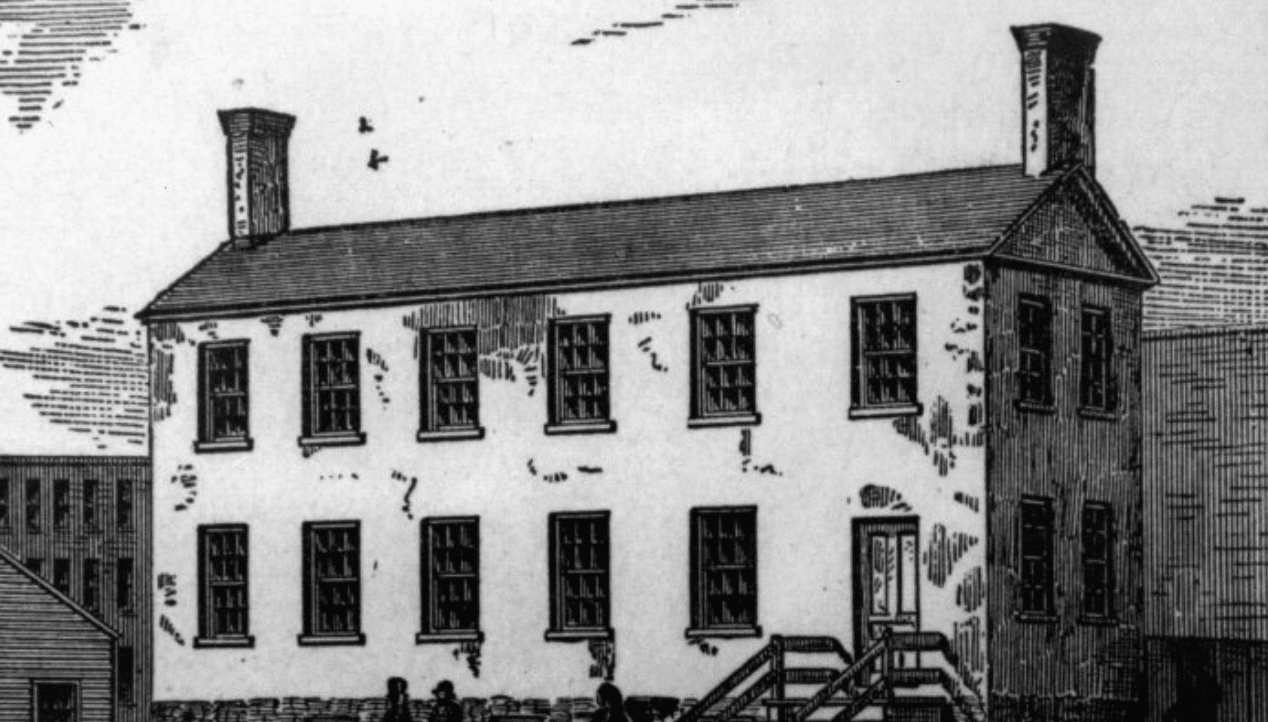
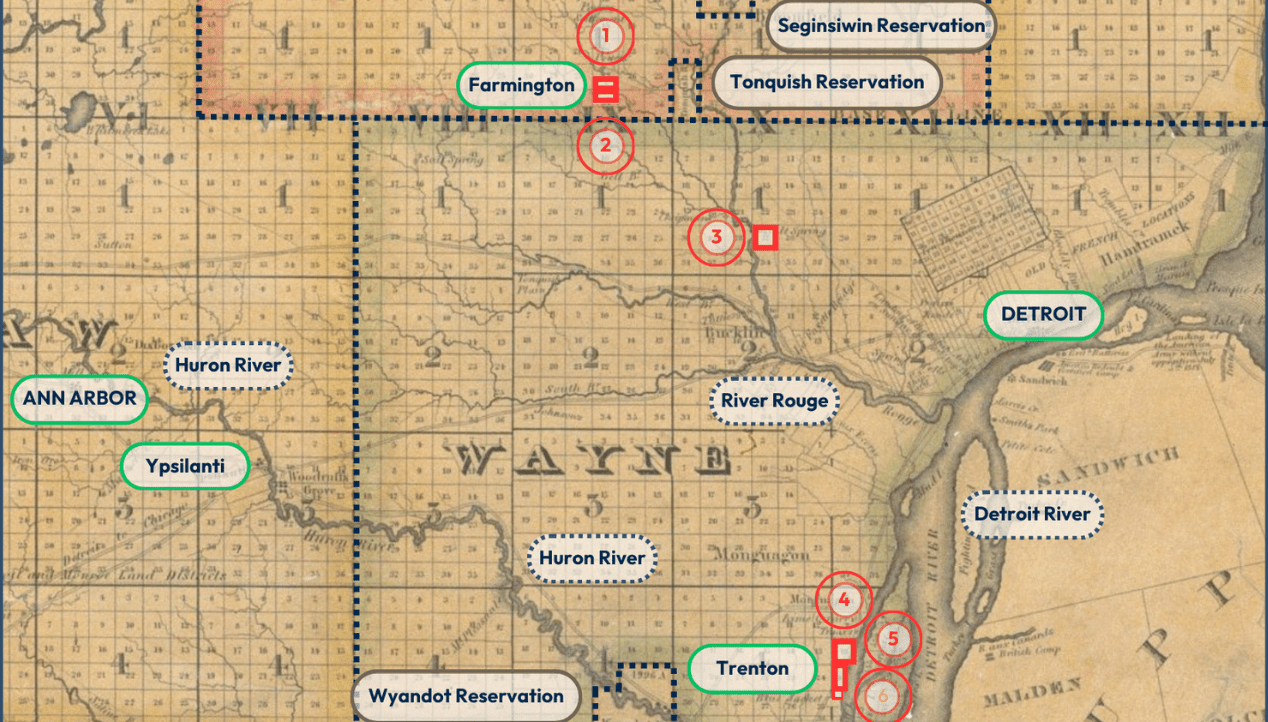
- The 1817 Project
- Mar. 2025



